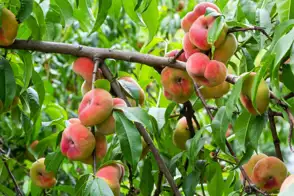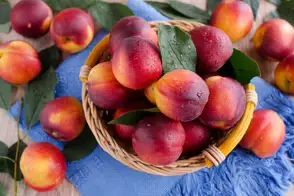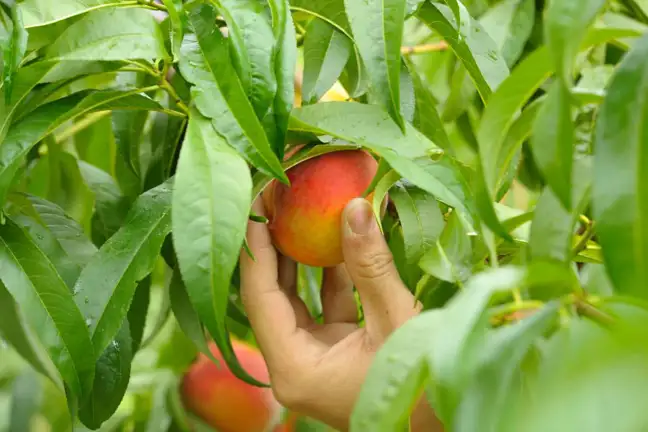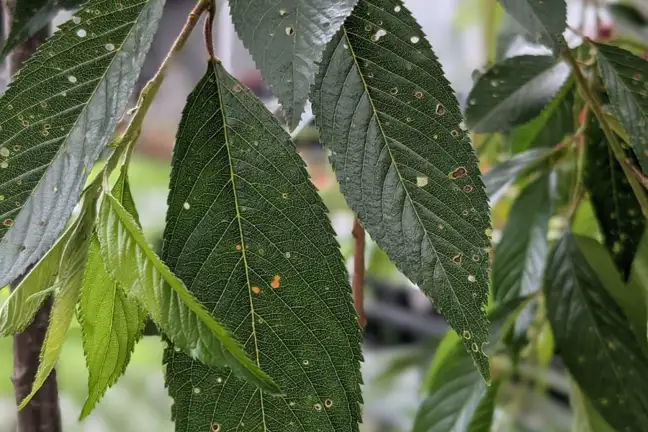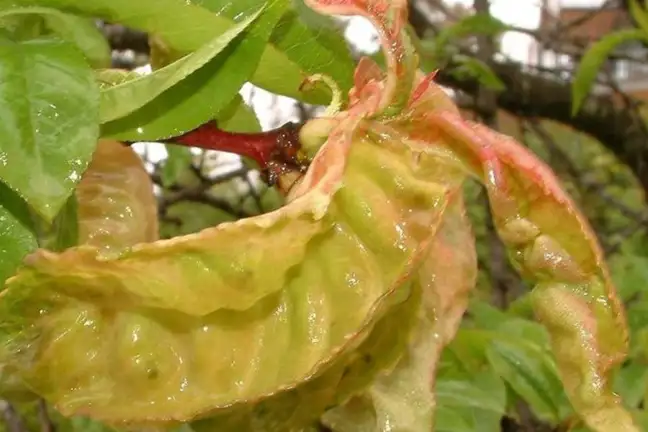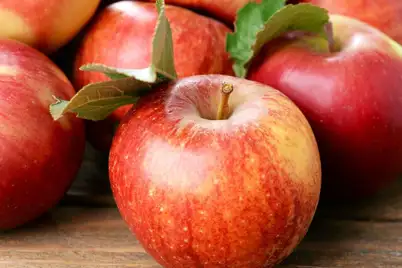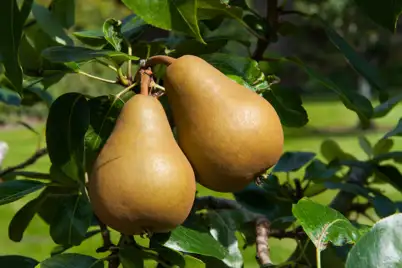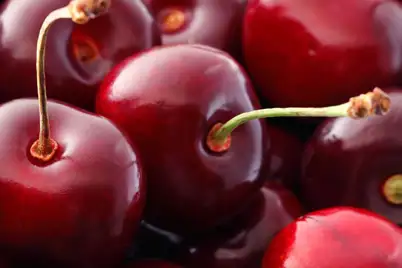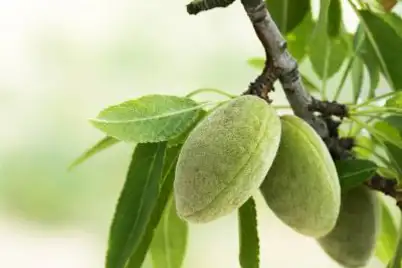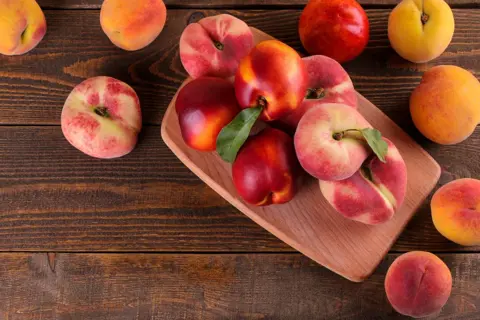
Prunus persica (Peach)
Prunus persica var. nucipersica (Nectarine)
How to Grow Nectarines & Peaches
Peaches or Nectarines are the perfect summer snack! Crunchy, oh-so juicy and full of flavour, these bite-sized fruits can be eaten whole (except for the stone, of course!), added fresh to your muesli or fruit salads. They're ideal when they're picked just ripe, so it's a great reason to grow your own. And in case you're wondering, Peaches and Nectarines are basically the same fruit – peach is the 'furry' form.
While they are very similar in appearance and taste, one key difference between the two is the skin texture. Peaches have a fuzzy skin, while nectarines have a smooth skin.
Climate Zone, Where and When to Grow
Climate zone: Peach and Nectarine trees grow best in cool, cold and temperate zones. They require a certain number of 'chill hours', usually between 300 to 1000 hours, during winter to break dormancy and promote healthy fruit development. However, with recent advances in breeding, this has led to the introduction of 'low-chill' Peach and Nectarine varieties, which can be grown in subtropical climates.
When to grow: The best time to plant peach trees in Australia depends on whether you're using bare-rooted plants or potted plants. For bare-root trees, they should be planted in late autumn or winter, once the soil has cooled down. This allows them to establish their root system before the hot summer weather. Potted peach trees can be planted at any time of the year, as long as you can provide them with proper care and protection from extreme temperatures. However, it's generally recommended to plant potted peach trees during spring when the weather is mild and there is sufficient moisture in the soil to promote healthy growth.
Where to grow: Grow Peach and Nectarine trees in a spot with at least six hours of direct sunlight, in well-drained soil. Dwarf varieties are suitable for pots.
Harvesting
Growing time: Peach and Nectarine trees typically fruit within three to four years after planting.
When to harvest: Once fruit-bearing, various cultivars have different maturing times. For instance, the 'Anzac' Peach matures early, typically in November, whereas the 'White Gold' Peach is harvested later in mid-January.
How to harvest: To determine if a Peach or Nectarine is ready for harvest, gently press the fruit. If it gives slightly, it is ripe. It should also have a fragrant aroma. Hold the fruit in one hand and gently twist to detach.
Full Sun
Keep Moist
Fertile & Well-Drained
December to March

